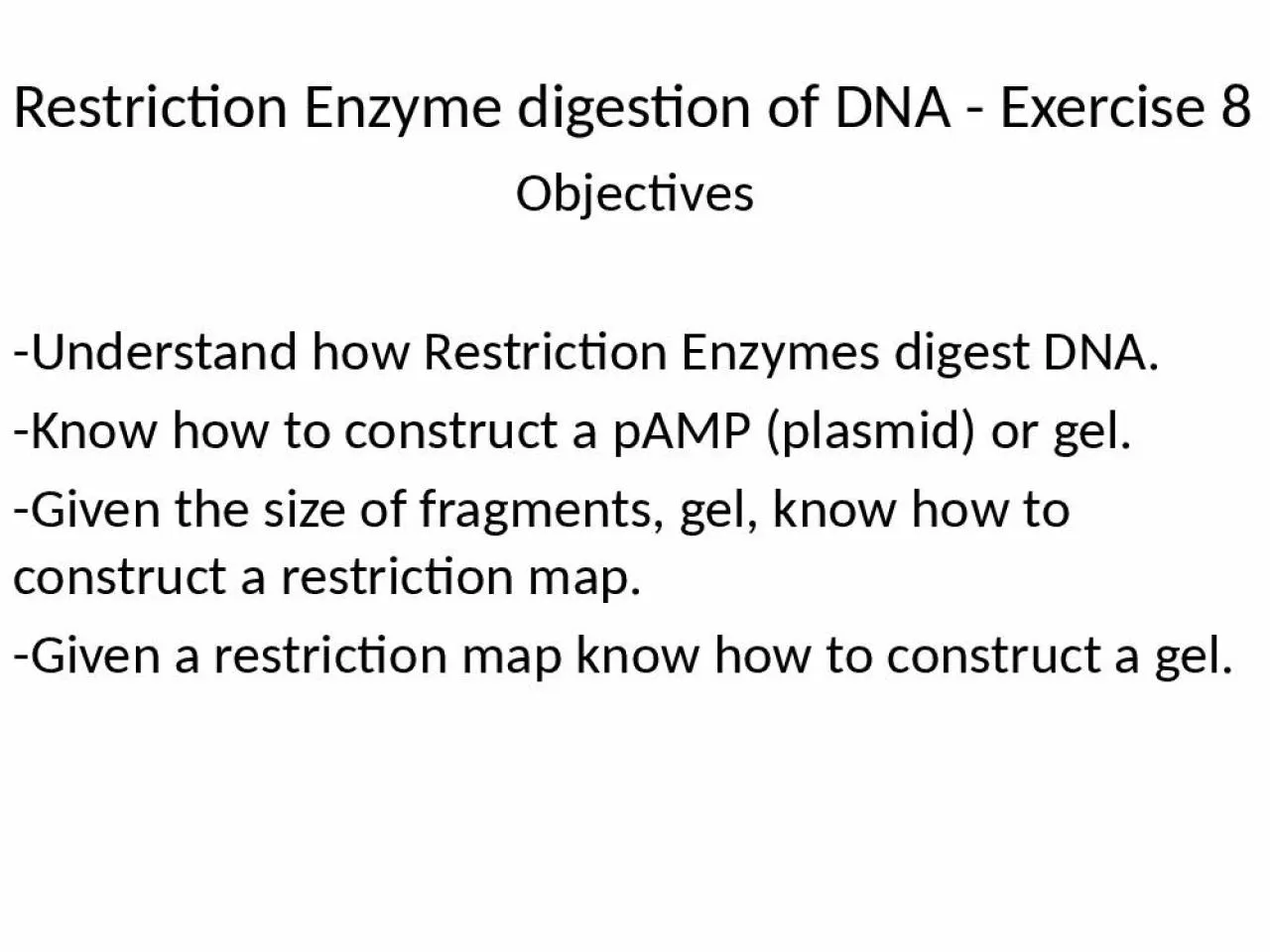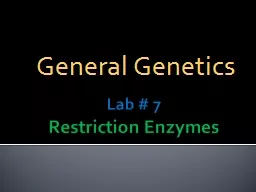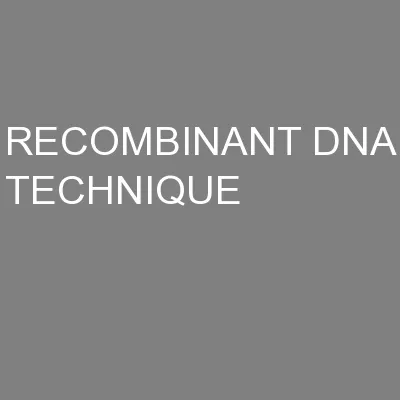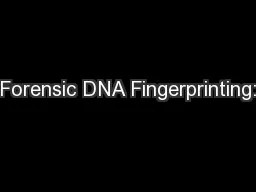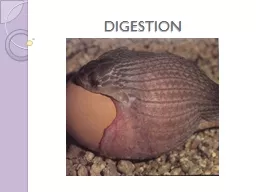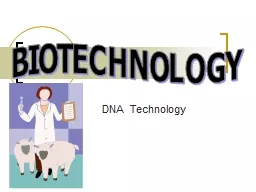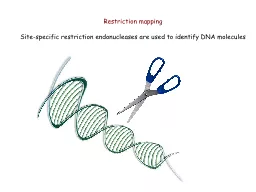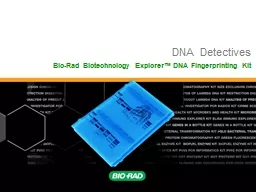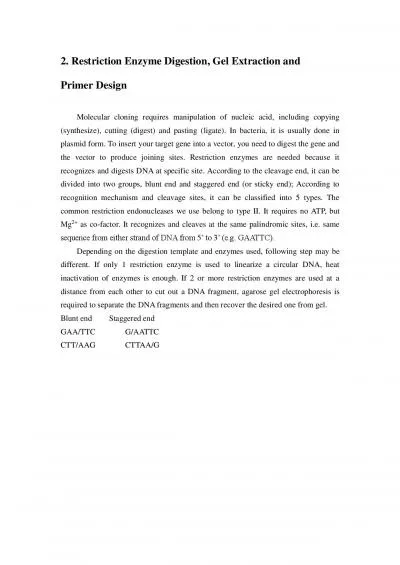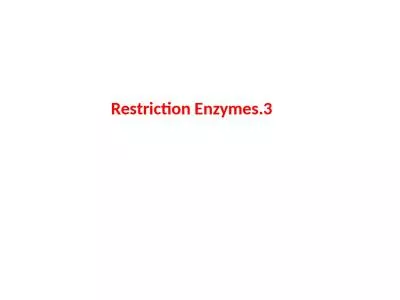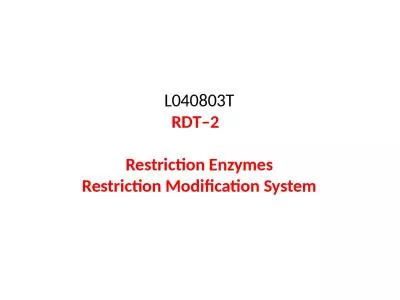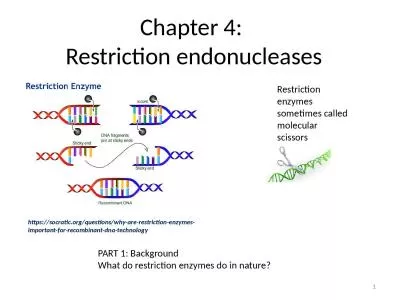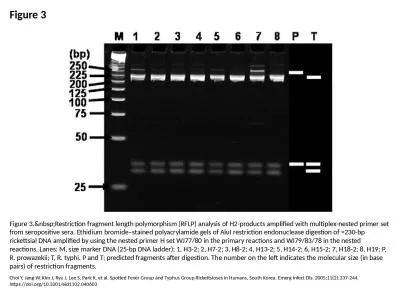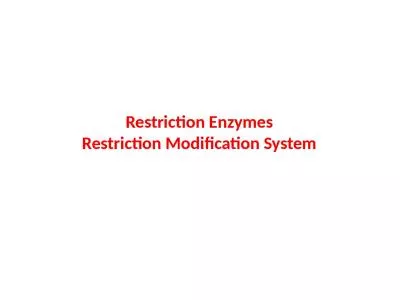PPT-Restriction Enzyme digestion of DNA - Exercise 8
Author : osullivan | Published Date : 2022-05-17
Objectives Understand how Restriction Enzymes digest DNA Know how to construct a pAMP plasmid or gel Given the size of fragments gel know how to construct a restriction
Presentation Embed Code
Download Presentation
Download Presentation The PPT/PDF document "Restriction Enzyme digestion of DNA - Ex..." is the property of its rightful owner. Permission is granted to download and print the materials on this website for personal, non-commercial use only, and to display it on your personal computer provided you do not modify the materials and that you retain all copyright notices contained in the materials. By downloading content from our website, you accept the terms of this agreement.
Restriction Enzyme digestion of DNA - Exercise 8: Transcript
Download Rules Of Document
"Restriction Enzyme digestion of DNA - Exercise 8"The content belongs to its owner. You may download and print it for personal use, without modification, and keep all copyright notices. By downloading, you agree to these terms.
Related Documents

